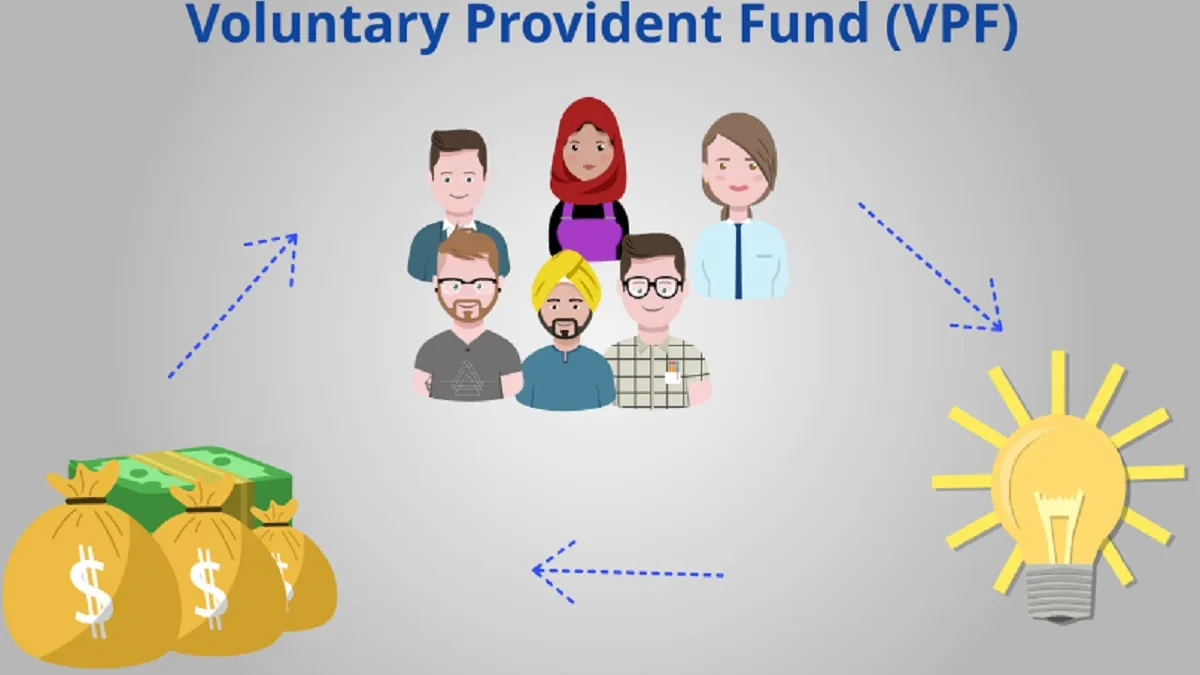

Understanding EPF and VPF in India
In India, a portion of every employed individual’s income is systematically allocated to their Employees’ Provident Fund (EPF) every month. This obligatory contribution is designed to ensure financial stability for employees during their retirement.
EPF Contributions:
Contributions to the PF account come from both the employee and the employer, typically comprising 12 per cent of the employee’s basic salary each. However, variations exist based on industry or employee choices.
Accumulated PF Fund:
The accumulated PF fund earns interest over time, and individuals can access it for specific purposes such as retirement, job changes, or medical emergencies.
Empowering Employees: Tailoring PF Contributions
Many companies now recognize the importance of allowing employees to manage their long-term financial health. They offer tools enabling employees to adjust their PF contributions within specified ranges, from the mandatory minimum (usually 12 per cent) to company-defined maximums (up to 100 per cent of the basic salary or a fixed higher limit).
Exploring the Voluntary Provident Fund (VPF)
The VPF extends the EPF scheme in India. Unlike mandatory EPF contributions, VPF contributions are entirely optional. This flexibility allows employees to contribute extra amounts beyond the mandated 12 per cent.
Benefits of VPF Investments
Enrolling in VPF
Investing in VPF is more than financial numbers; it’s about securing future financial well-being. With the power of compounding interest and tax benefits, modest contributions can transform into a substantial nest egg for retirement, education, or other long-term goals.
The Importance of Long-Term Financial Planning
Investing in VPF is more than financial numbers; it’s about securing future financial well-being. With the power of compounding interest and tax benefits, modest contributions can transform into a substantial nest egg for retirement, education, or other long-term goals.
Financial Freedom Through VPF
VPF investments not only offer financial security but also provide peace of mind knowing that one’s future is secure. By taking advantage of the benefits of VPF, individuals can enjoy greater financial freedom and independence during their retirement years.
Conclusion
Understanding the nuances of EPF and VPF in India is essential for individuals seeking to secure their financial future. By making informed decisions about contributions and investments, individuals can pave the way for a comfortable and prosperous retirement. Investing in VPF offers a pathway to financial freedom and stability, ensuring a brighter tomorrow for oneself and loved ones.